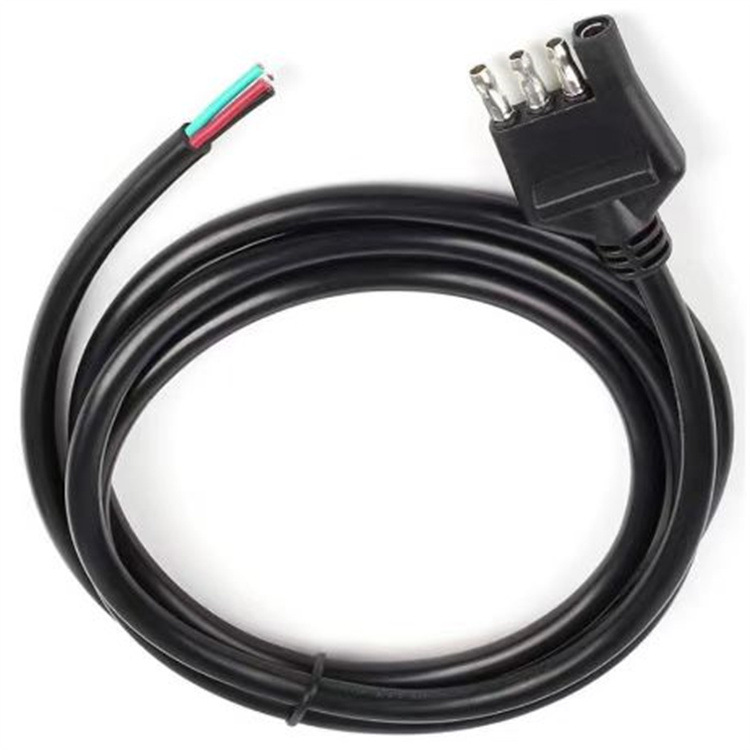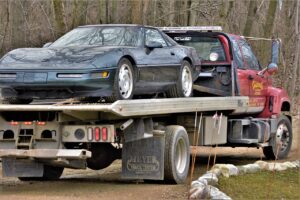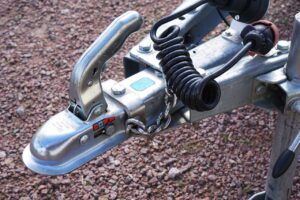Electrical issues in trailers can be frustrating and potentially dangerous if left unresolved. Knowing how to diagnose and repair these problems can save you time, money, and ensure your trailer is safe to operate. This guide will help you identify common electrical issues in trailers and provide step-by-step instructions on how to fix them.
Common Electrical Issues in Trailers
- Lights Not Working
- Intermittent Lighting
- Blown Fuses
- Brakes Not Engaging
- Auxiliary Power Failures
Diagnosing Electrical Issues
1. Lights Not Working
Symptoms:
- One or more lights (brake, turn signal, tail lights) fail to illuminate.
Diagnosis:
- Check the Bulbs: Inspect the bulbs for signs of damage or burn out.
- Inspect the Connectors: Ensure the connectors are clean and securely attached.
- Test the Wiring: Use a multimeter to check for continuity and voltage in the wiring.
2. Intermittent Lighting
Symptoms:
- Lights flicker or work intermittently.
Diagnosis:
- Inspect Connections: Loose or corroded connections can cause intermittent lighting. Ensure all connections are tight and corrosion-free.
- Check for Ground Issues: A poor ground connection can lead to intermittent issues. Verify that ground wires are securely connected to clean, bare metal.
3. Blown Fuses
Symptoms:
- Fuses in the vehicle’s fuse box frequently blow.
Diagnosis:
- Inspect Wiring for Shorts: Look for damaged insulation or exposed wires that might be causing a short circuit.
- Check Load Ratings: Ensure that the electrical load does not exceed the fuse rating.
4. Brakes Not Engaging
Symptoms:
- Trailer brakes do not activate when the vehicle brakes are applied.
Diagnosis:
- Test the Brake Controller: Verify that the brake controller in the towing vehicle is functioning correctly.
- Inspect Brake Wiring: Check the wiring from the brake controller to the trailer brakes for continuity and damage.
5. Auxiliary Power Failures
Symptoms:
- Auxiliary devices such as interior lights or winches do not receive power.
Diagnosis:
- Check the Auxiliary Battery: Ensure the battery is charged and in good condition.
- Inspect Power Connections: Verify that all power connections are secure and free from corrosion.
Repairing Electrical Issues
1. Replacing Bulbs and Fuses
Steps:
- Remove the Old Bulb: Carefully remove the damaged bulb from its socket.
- Install the New Bulb: Insert a new bulb of the same type and wattage.
- Replace Blown Fuses: Identify the blown fuse in the vehicle’s fuse box and replace it with one of the same amperage rating.
2. Cleaning and Securing Connections
Steps:
- Clean Connectors: Use electrical contact cleaner to remove dirt and corrosion from connectors.
- Tighten Connections: Ensure all connectors are securely fastened. Use dielectric grease to protect against moisture and corrosion.
3. Repairing Damaged Wiring
Steps:
- Locate the Damaged Section: Identify where the wire is damaged or frayed.
- Cut and Strip the Wire: Cut out the damaged section and strip the insulation from the ends of the remaining wire.
- Splice in a New Section: Use butt connectors or solder a new piece of wire between the cut ends. Apply heat shrink tubing over the connections for insulation.
4. Fixing Ground Issues
Steps:
- Locate the Ground Wire: Identify where the ground wire is attached to the trailer frame.
- Clean the Ground Point: Remove any rust, paint, or corrosion from the ground point to ensure a clean, bare metal surface.
- Reattach the Ground Wire: Securely fasten the ground wire to the cleaned ground point.
5. Testing and Verifying Repairs
Steps:
- Reconnect the Battery: After completing repairs, reconnect the battery in the towing vehicle.
- Test the System: Use a multimeter or test light to verify that all electrical components are functioning correctly.
- Conduct a Road Test: Take the trailer for a short drive to ensure that lights, brakes, and auxiliary systems work as expected.
Preventive Maintenance Tips
- Regular Inspections: Conduct regular inspections of the wiring harness, connectors, and electrical components to catch potential issues early.
- Clean and Protect: Keep connectors clean and apply dielectric grease to prevent corrosion.
- Use Quality Components: Invest in high-quality wiring, connectors, and lights to reduce the risk of electrical failures.
- Proper Storage: Store your trailer in a dry, covered area to protect the electrical system from moisture and environmental damage.
Conclusion
Diagnosing and repairing electrical issues in trailers is essential for maintaining safety and reliability. By following the steps outlined in this guide, you can effectively troubleshoot and fix common problems. For high-quality wiring harnesses and electrical components, visit WiringLabs and explore our range of reliable and durable products designed to meet your trailer’s specific needs.




